My articles in 2006 have been devoted to a tour of the body and we have made it all the way to the large intestine. In May we looked the small intestine, where most digestion and nutrient absorption takes place. Ingesta (food with water and few other goodies) next enters the large intestine, or colon. This organ is actually shorter than the small intestine, but is larger in diameter. It tends to run up the right side of the body, then across from right to left just behind the stomach and then it turns and descents to the rectum and then anus. The large intestine contains a great deal of bacteria. Having the proper amounts of the proper bacteria is very important to proper large bowel function. Fiber intake and overall intestinal health will help maintain the proper bacteria. Some digestion occurs here, but not a lot. One of the most important things the colon does is reabsorb water. This helps maintain a pet ™s hydration and it also prevents the stool from being too runny. If ingesta passes through the colon too fast or too slow, we will see diarrhea or constipation. The colon and rectum have a normal motion or motility that is controlled both by proper nerve function and by stretch receptors that recognize stool waiting to be discharged. This requires normal large intestinal physiology and normal lower spinal cord function. Next week we ™ll look at some diseases of the colon.
by Bonnie Markoff, DVM, ABVP
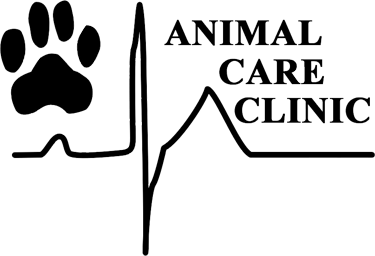
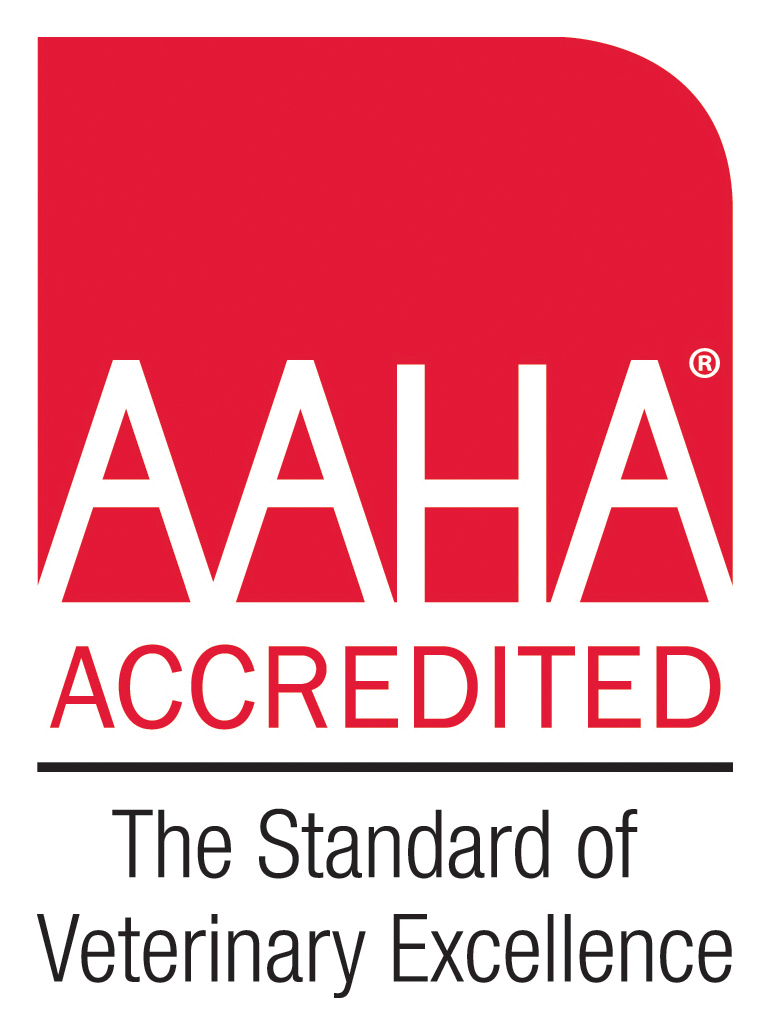
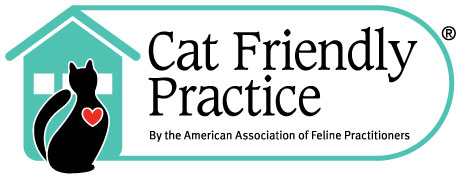

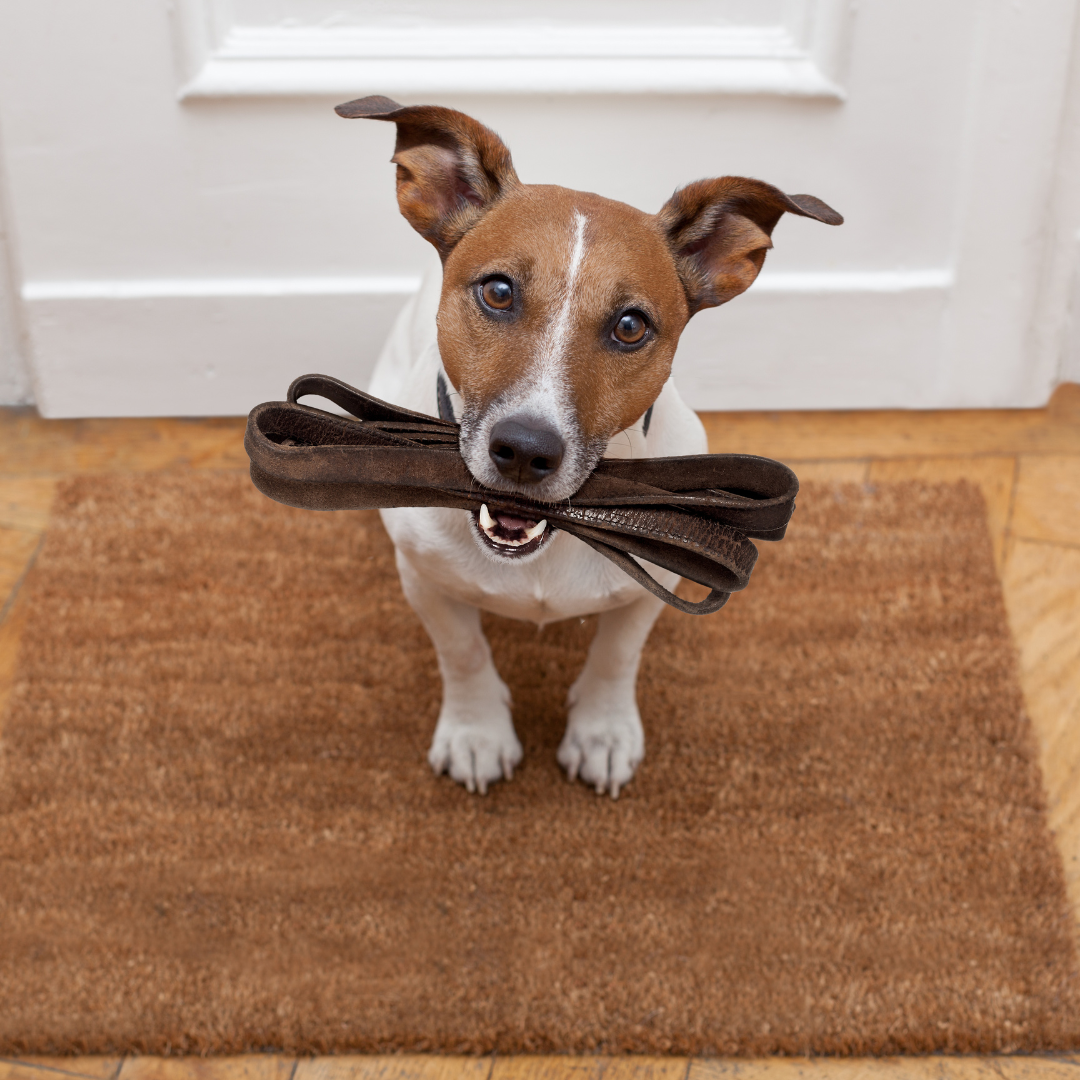

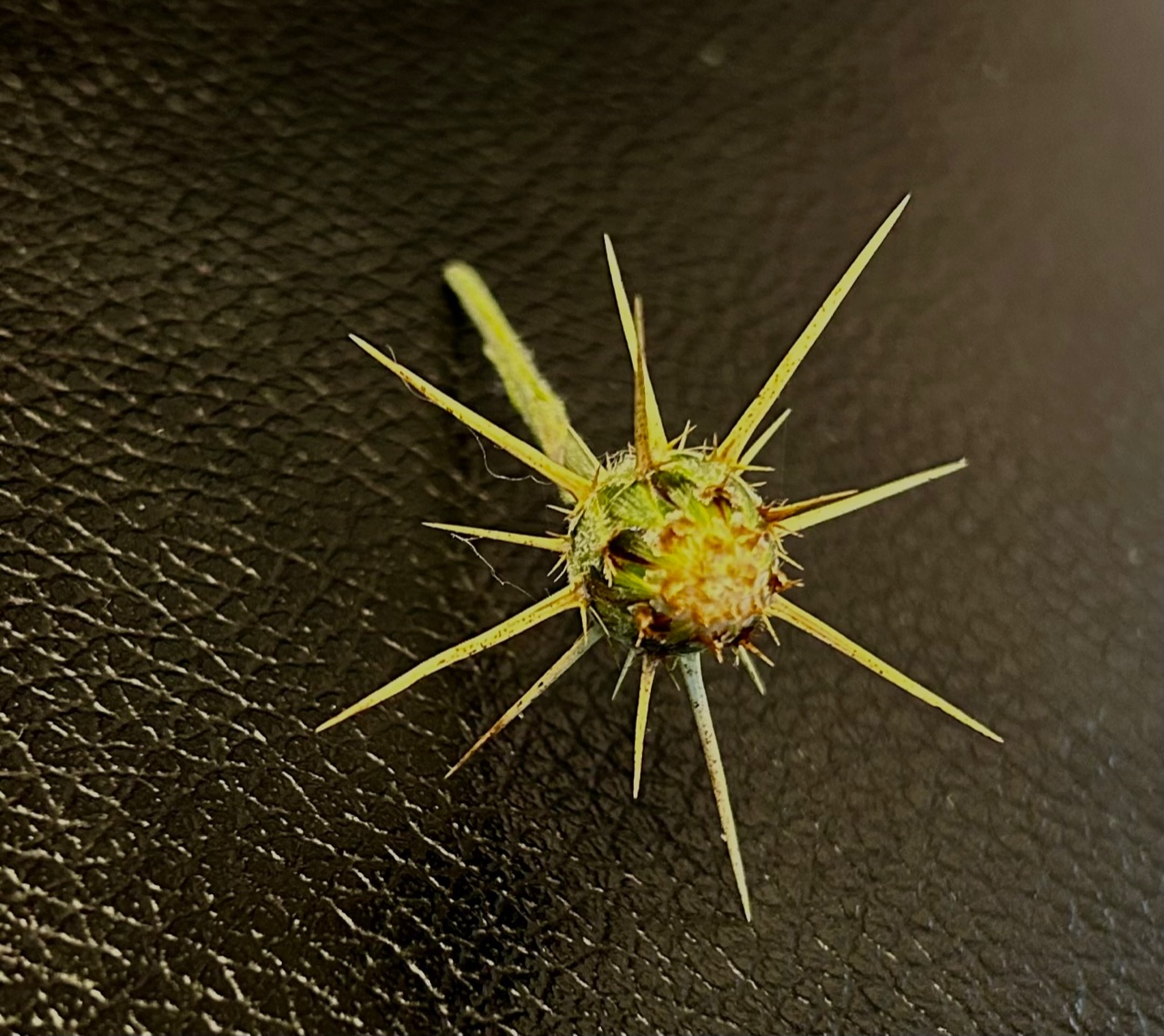

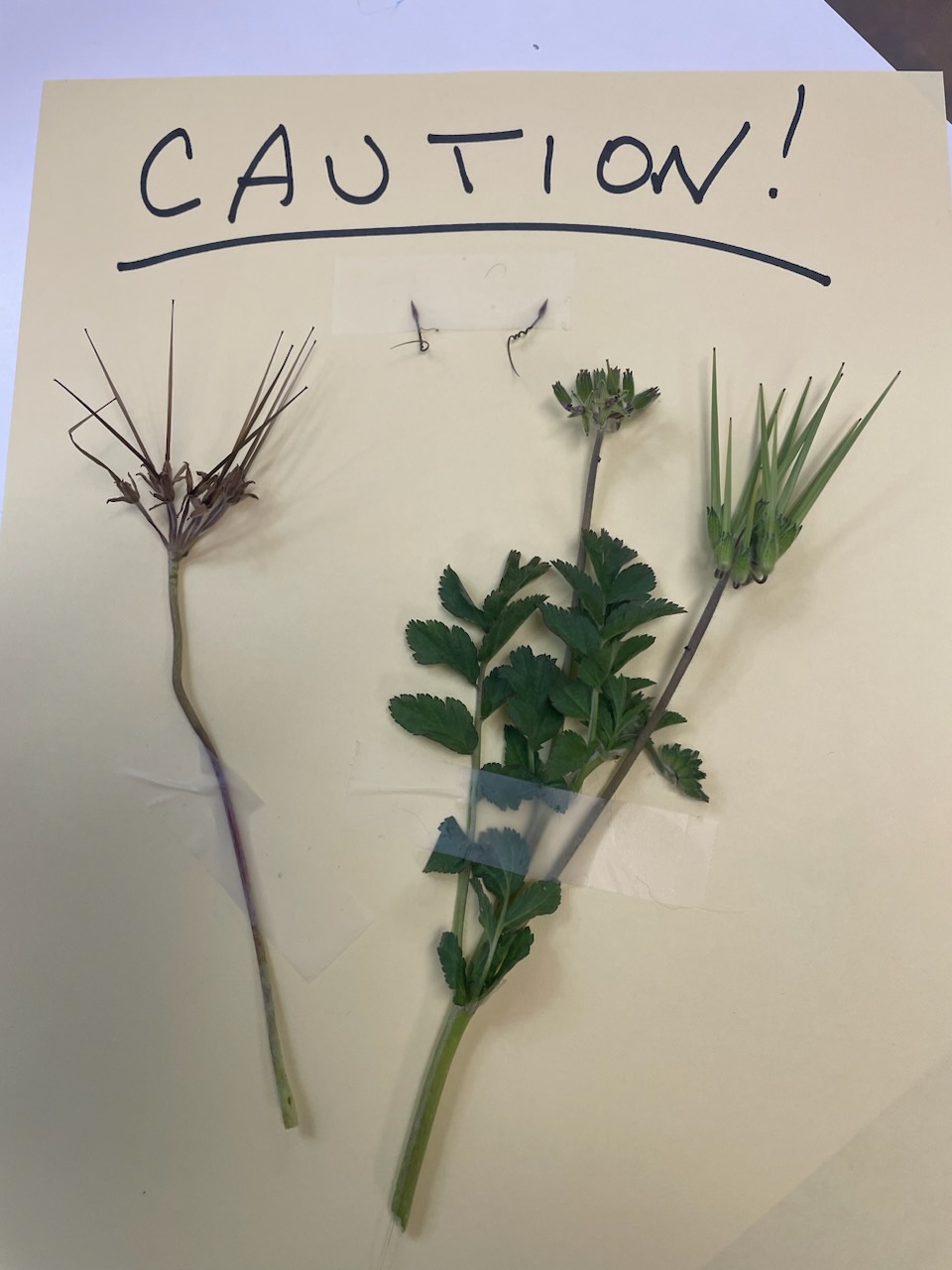
Leave A Comment
You must be logged in to post a comment.